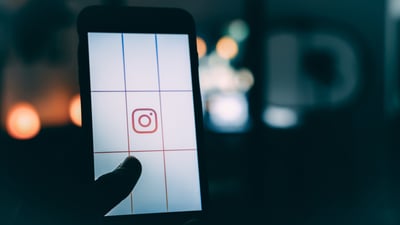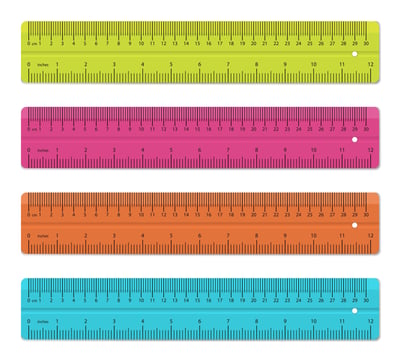October 9, 2025
 by Holly Landis / October 9, 2025
by Holly Landis / October 9, 2025
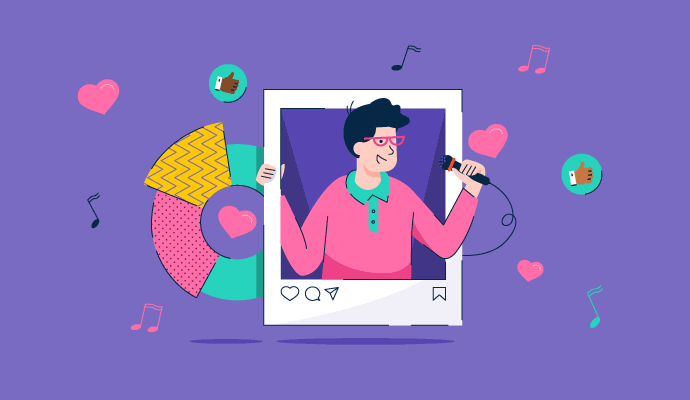
If you're serious about growing your audience on Instagram, visibility and engagement are everything. While a personal account can get you started, switching to an Instagram creator account unlocks tools specifically designed to help content creators grow, analyze performance, and monetize their presence.
An Instagram creator account is a specific type of account setting. Much like a business account, this profile option was created specifically for digital creators, such as influencers, public figures, and artists, who want to monetize their personal brands.
The focus here is on personalities rather than businesses selling a product. Using a creator account over a personal one gives potential influencers additional features that help them grow and connect with their audience.
Creators receive different features from those of business and personal accounts. A public personal account is a good starting point, but once you reach a level where a deeper look into your account metrics is important, moving up to the creator setting works best.
For many creators, using social media management tools is one of the easiest ways to create and schedule regular content that engages with their audience, regardless of the type of account they’re using.
In this guide, we’ll explain exactly what an Instagram creator account is, how it compares to business and personal profiles, and how to switch over, plus tips to make the most of its features once you’ve made the change.
Several key features distinguish Instagram creator accounts from business accounts. Since the focus is on building a personal brand, creator accounts have more music options in the content library, along with greater customization on the profile page.
You can also split messages into a Primary and General inbox and participate in additional monetization and partnership options that aren’t available to business or personal accounts.
Instagram business accounts overlap with creator accounts. Both can use third-party management tools and access an analytics dashboard directly within the app. Business accounts also have contact information on their profile page, which is optional for creator accounts, and the option to add a physical location.
One perk that a business account has that creator tools don’t is the ability to add a shop to their profile. While creators can tag shoppable posts, they aren’t able to seek anything directly within the Instagram platform.
| Feature | Creator account | Business account |
| Primary purpose | Personal branding for influencers, artists, and public figures | Promoting businesses, organizations, and products |
| Music library access | Full music library access (including trending tracks) | Limited due to copyright and licensing |
| Profile customization | Flexible labels like “Artist” or “Writer”; contact info optional | Contact info and physical address prominently displayed |
| Messaging tools | Separate inboxes: Primary, General, and Requests | Standard message inbox |
| Monetization tools | Paid partnerships, affiliate links, brand tagging | Instagram Shop and in-app product sales |
| Analytics access | Follower growth, audience insights, and content performance | Similar analytics dashboard, with slightly fewer creator-specific metrics |
| Shop integration | Can tag shoppable products, but can't host a shop | Can create and manage a full Instagram Shop |
| Ideal for | Content creators, influencers, and solo entrepreneurs | Brands, retailers, service providers |
The best way to think of the breakdown between these account types is:
Instagram creator accounts in 2025 are purpose-built for content creators who want more control over their brand, audience insights, and monetization strategy. With multiple updates in the past year, creator profiles now come packed with tools that weren’t available even a year ago — making this account type more essential than ever for serious creators.
Instagram’s insights dashboard offers deeper, more actionable data than ever. In addition to core metrics like reach, engagement, and follower growth, creators now have access to:
These metrics help creators identify what content performs best — and when — to optimize future posts.
Messaging for creator accounts now includes four distinct inbox categories:
You can also activate smart auto-replies using customizable templates for FAQs, collab inquiries, or directing fans to your latest content. These tools help creators manage high message volumes without losing important connections.
Instagram now allows creator accounts to switch to a vertical-first grid layout — similar to TikTok — giving more control over how content is displayed to new visitors. This layout emphasizes:
Additionally, Instagram now labels reposted content with an “Original by [Creator]” tag — helping protect creator credit when posts are shared by other users or brands. You’ll also see analytics for repost frequency, so you can track how often your content is being circulated.
Creator profiles now support a range of customizations to help define your brand at a glance:
These elements boost searchability and make your niche instantly recognizable.
While full Instagram Shops are still reserved for business profiles, creator accounts in 2025 have access to a robust monetization toolkit:
All of these tools are centralized in a Monetization Tools tab inside the creator dashboard.
Instagram is currently testing a feature called Trial Reels, designed to give creators a safe testing ground for experimental content. These Reels are shown only to non-followers and don’t appear on your main profile grid unless you choose to pin or repost them later.
This feature acts as a clean slate — ideal for testing:
Creators receive full analytics on Trial Reels, including views, saves, shares, and drop-off points. This makes it a powerful A/B testing tool for short-form content strategy, without the pressure of public failure or cluttering your main feed.
If a Trial Reel performs well, you can seamlessly add it to your profile or repost it as a main-grid Reel to followers.
According to G2’s Fall 2025 Grid Report, here are the top-rated platforms and what they’re best known for:
If you're managing content across multiple platforms, a social media management tool can help streamline publishing, track performance, and scale your brand.
Creating a new account from scratch or switching your account type over to creator is simple. From your profile, click on the hamburger menu in the top right corner and navigate to your account settings.
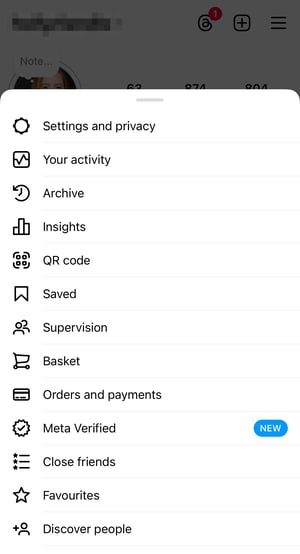
Find the option for “Account type and tools”. Here, you can see what kind of profile type you’re currently using.
Simply switch to a professional account here.
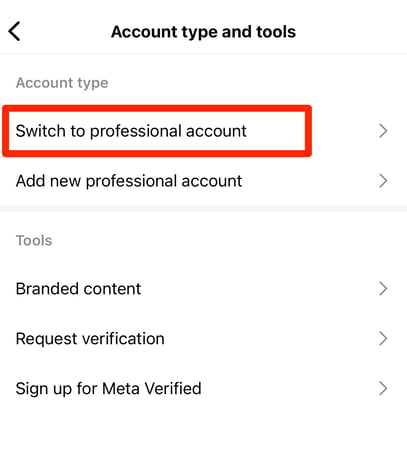
Then, choose your label and decide whether you want it displayed on your profile. You can also add any contact information you want the public to see.
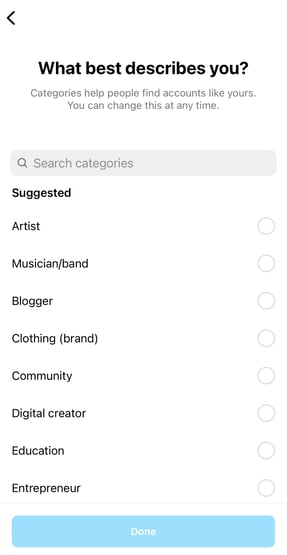
From here, you have the option to choose a Creator or Business account.
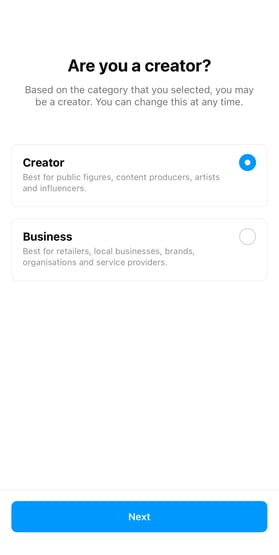
Select 'Creator' and follow the prompts to complete the setup and add additional information to your profile.
You’ll also now see a 3-bar bar chart in the top corner next to the menu on your profile page. This is how you access your creator insights dashboard to review your Instagram analytics.
If you ever need to switch account types or want to revert to a private profile, follow the same steps you used to create your creator account. Private accounts are currently only an option for personal profiles, so you have to switch to this to toggle that setting.
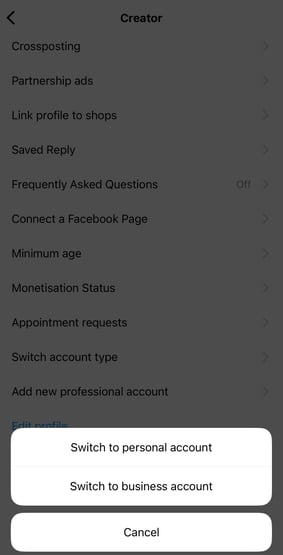
If you decide to stop creating under your own name and post exclusively as a business, you can also switch to a business account here.
One of the biggest benefits of switching to an Instagram creator account is access to monetization features that aren’t available with personal profiles.
Whether you're growing an influencer brand or turning content creation into a career, Instagram offers multiple built-in revenue options, as well as ways to work with brands more transparently.
Here are the top monetization methods available to creators:
Instagram creators can earn a commission by promoting products through affiliate links or using branded hashtags. When your followers buy something through your link, you receive a portion of the sale. Instagram enables affiliate creators to tag products directly in posts and Reels, effectively turning content into conversion opportunities.
Using the “Paid Partnership” tag, creators can collaborate with brands for sponsored content. This feature adds transparency (as required by the FTC) while giving brands visibility. These deals are often negotiated directly with companies, and having a creator account makes the tagging process seamless and professional.
When you go live, your followers can purchase badges to support you, similar to tipping. Badges show up next to their name during the stream, and you receive revenue directly from Instagram. This feature is ideal for creators who frequently interact with their audience through live content.
Some creators now have access to subscriptions, which enable them to offer exclusive content, such as Stories, Lives, and posts, to paying followers. Subscribers get a special badge, and you earn monthly income in return. This is a newer feature and may still be rolling out to select accounts based on size and engagement.
Instagram also lets users send gifts during Reels through a feature called Stars. These are small, monetary rewards that viewers give to creators to show appreciation, and Instagram pays you based on the number of Stars you collect.
Switching to a creator account unlocks features like in-depth analytics, new messaging inboxes, profile customization, and monetization tools. Your followers and existing content stay the same. You won’t lose anything in the process.
Yes. You can switch between personal, business, and creator account types at any time through your settings. Please note that some insights and features may be disabled when switching away from a creator profile.
No minimum follower count is required to switch to a creator account. However, some monetization features, such as subscriptions or gifts, may only be available to accounts that meet the eligibility thresholds set by Instagram.
Creator accounts can tag shoppable products in posts, but they can’t host a full Instagram Shop, unlike business accounts. If your goal is direct e-commerce, a business account may be better suited.
Instagram doesn't penalize creator accounts in terms of reach. In fact, switching may improve your performance by giving you better analytics and tools to refine your content strategy.
Creator accounts prioritize personal branding, with access to music libraries, inbox filtering, and partnership tools. Business accounts are optimized for selling products, offering features like Instagram Shops and more structured contact options.
To grow your brand as a content creator, it's essential to understand how all your social platforms work. Explore the options available to you as a creator, then focus on creating content for your account, connecting with your followers, and welcoming new people into your online community.
Explore a breakdown of features, pros, and cons of the top social media management tools.
This article was originally published in 2024. It has been updated with new information.
Holly Landis is a freelance writer for G2. She also specializes in being a digital marketing consultant, focusing in on-page SEO, copy, and content writing. She works with SMEs and creative businesses that want to be more intentional with their digital strategies and grow organically on channels they own. As a Brit now living in the USA, you'll usually find her drinking copious amounts of tea in her cherished Anne Boleyn mug while watching endless reruns of Parks and Rec.
By now, you probably know that Instagram isn’t just for photos.
 by Alexa Drake
by Alexa Drake
Mirror mirror on the wall, who’s the fairest of them all?
 by Lauren Pope
by Lauren Pope
By now, you probably know that Instagram isn’t just for photos.
 by Alexa Drake
by Alexa Drake
